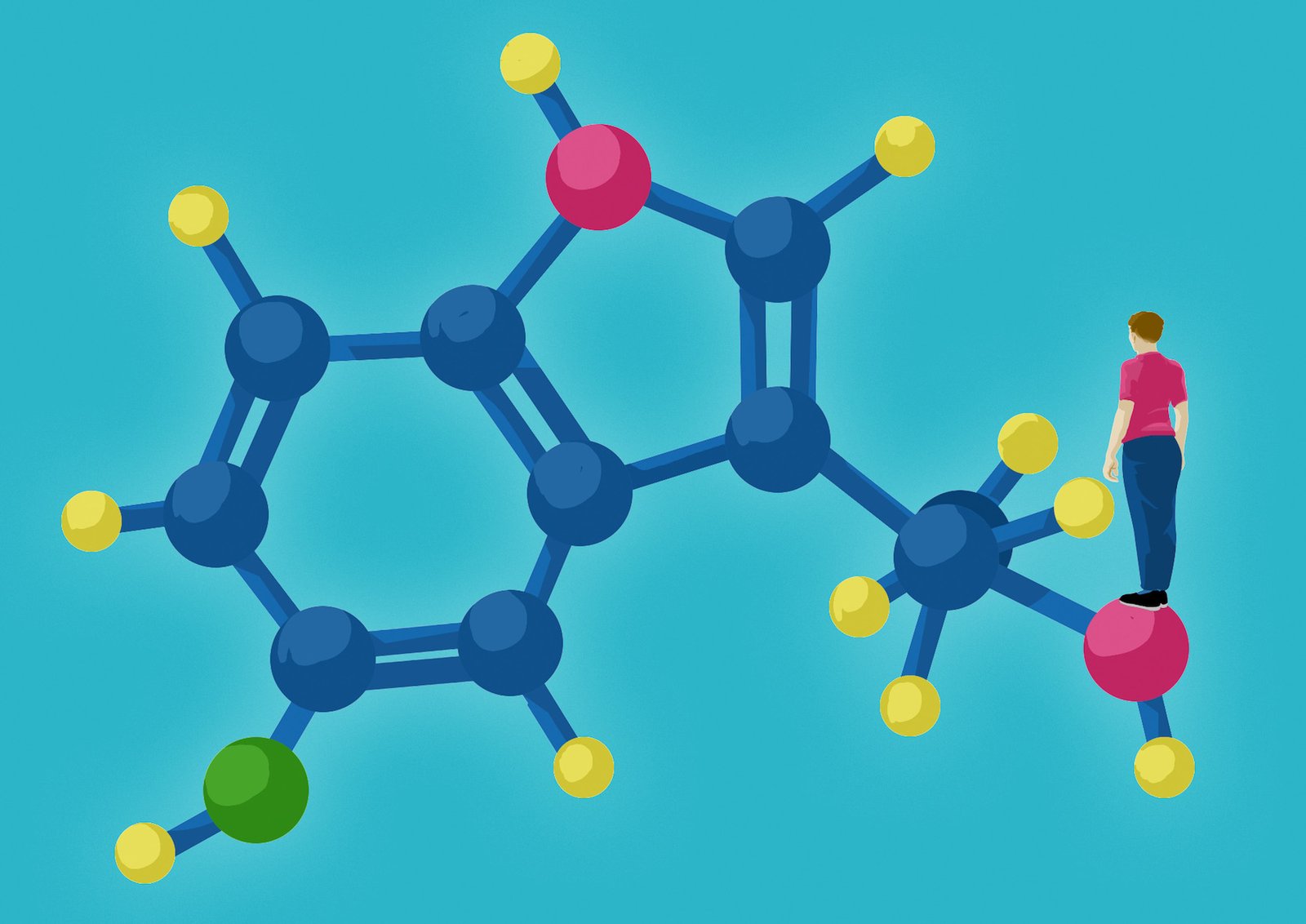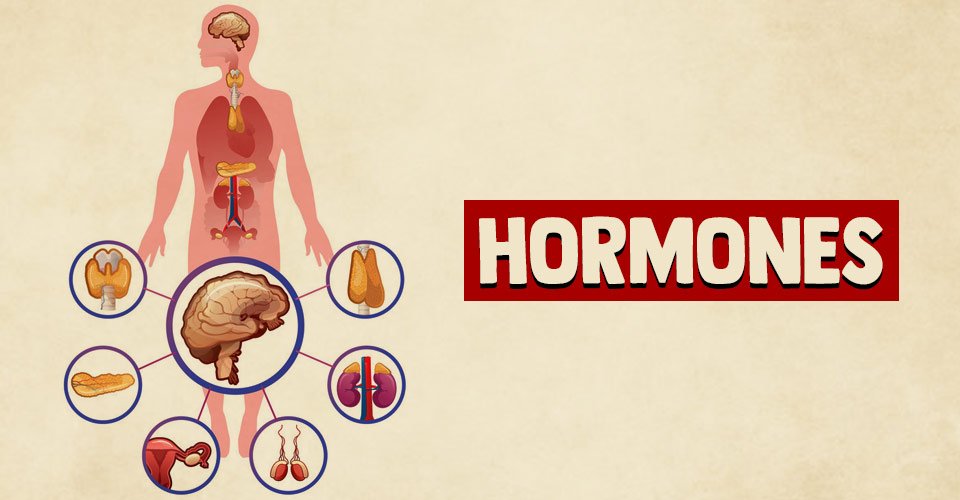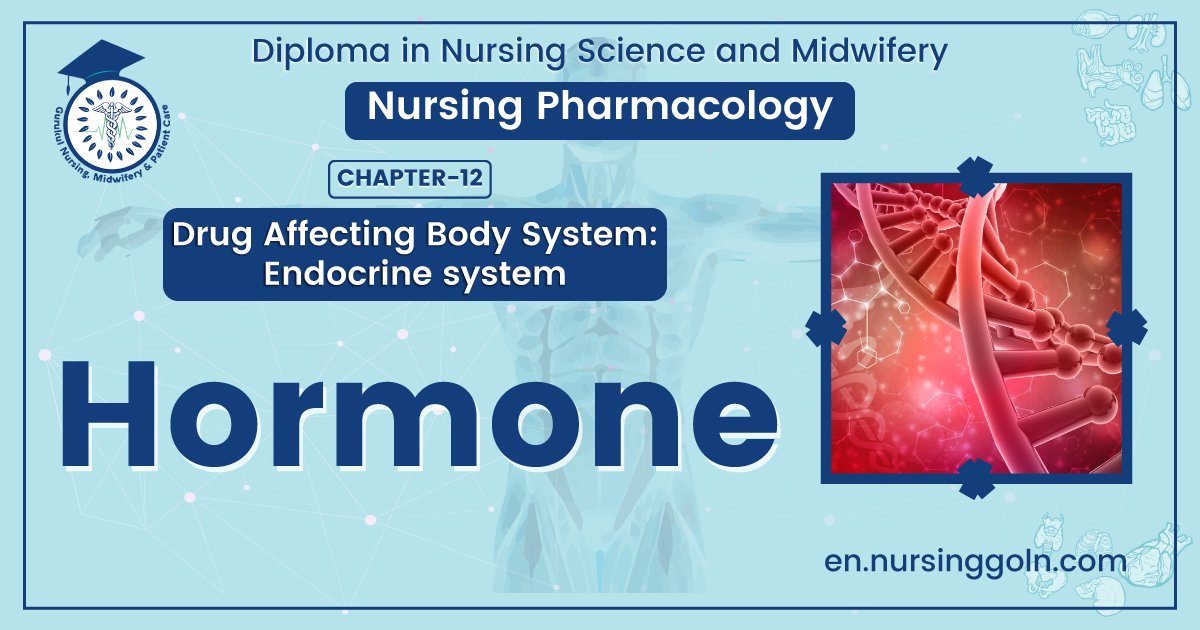Concept about Hormones – This book covers the entire syllabus of “Pharmacology” prescribed by BNMC- for diploma in nursing science & midwifery students. We tried to accommodate the latest information and topics. This book is an examination setup according to the teachers’ lectures and examination questions.
At the end of the book, previous questions are given. We hope in touch with the book students’ knowledge will be upgraded and flourish. The unique way of presentation may make your reading of the book a pleasurable experience.
Concept about Hormones
“Hormone” is derived from a Greek word meaning “I excite”
A hornone is a chemical substance that is secreted into the internal body fluid by one cell or a group of cells and has a physiological control effect on the other cells of the body.
Classification of hormones:
A. According to their chemical nature:
1.Peptide hormone or protein hormone. e.g.- Insulin, GH, FSH, LH, TSH etc.
2. Steroid hormone. e.g.- Aldosterone, Testosterone etc.
3. Amines hormone. e.g.- EP, NEP etc.
B. According to the site of action:
1.Local hormones. e.g. – Histamine, gastrin, CCK etc.
2. Tropic hormones. e.g. -TSH, FSH etc

General mechanism of action of hormone:
Hormones are generally act in the following three ways-
1. Activating the genes of cells. e.g.- Steroid hormone.
2. Forming the cAMP. e.g.- Protein hormone.
3. Direct action. e.g. – GH, Insulin etc.
A. Mechanism of action of steroid hormone:
1. Entering into the target cell, hormone binds with the specific cytoplasm receptor and
form “hormone receptor complex.”
2. Hormone receptor’ complex enter into nucleus and stimulate the DNA and form mRNA by transcription.
3. Then mRNA forms specific protein and performs cellular function.
4. The mRNA diffuses into cytoplasm and promotes the translation process at the ribosome to form new protein & perform biological effect.
B. Mechanism of action of peptide hormone:
1. The hormone combines with the receptor present on the cell membrane and form hormone receptor complex.
2. The complex then stimulates enzyme adenylate cyclase and causes the formation of CAMP from ATP.
3. cAMP then stimulate the intracellular enzyme system.
4. The enzyme system causes protein phosphorylation, Ca++ release and other effects and alter the cell functions.

Properties of Hormones:
1. Synthesized or secreted by living endocrine glandular cells.
2. Transported by blood or other chemical messengers.
3. Does not provide building material for the body function but regulate the growth and metabolic activity.
4. It belongs to the different types of chemical structures.
5. In the blood stream, many hormones are stored. Steroid and thyroxin bind to specific
plasma carrier protein. 6. Every hormone has a plasma concentration and changes of a very low level has a physiological effect.
7. Most of the hormones are excreted by the kidneys.

Read More…
